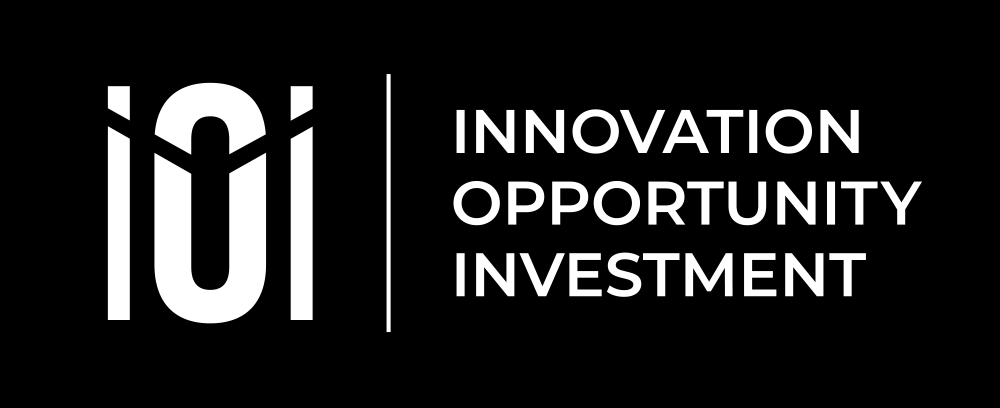Digital assets, with White House–driven regulatory frameworks in place, and the right technology underpinning them, now have the potential to finally transform the workings of the US mortgage market.
The traditional way people pay for a home in real estate may soon undergo a significant transformation. On Jan. 23, the White House released an Executive Order– “Strengthening American Leadership in Digital Financial Technology”-signaling the Administration intends to promote “the responsible growth and use of digital assets.” In this Executive Order, digital assets are broadly defined as including “cryptocurrencies, digital tokens, and stablecoins.” This could pave the way for some meaningful changes to the way the mortgage industry operates and have broad implications for the real estate market. But how will it play out, and what guardrails do we need to ensure are in place?
Which Digital Assets Won’t Work for Mortgages?
First, it’s important to note that cryptocurrency doesn’t work in the mortgage market (or any credit-based lending) for several reasons. The most important one is that in loan documents, it clearly states that the mortgage needs to be repaid in U.S. dollars. Even if we set aside the loan covenants and pretend that they don’t exist, the next hurdle is the inherent volatility of cryptocurrencies. After all, everyone likes to laugh about the guy who bought two pizzas for 10,000 Bitcoin–worth only $41 at the time, but roughly $970 million in today’s money.
In a mortgage transaction, however, consistency is key: The consumer needs to know what they’re expected to pay on a monthly basis, and the investor needs to know what they will be paid on a monthly basis too. The potential volatility from one payment to the next over a 30-year period is simply not feasible. Even stablecoins— designed to experience less volatility by pegging their value to a backing currency such as USD—can still lose value (even becoming worthless) if the custodian or issuer of the stablecoin lacks the fiat necessary to make exchanges.
The Digital Mortgage and Tokenization
The $13.2 trillion U.S. mortgage market is one of the largest asset classes next to U.S. Treasuries. It’s a material part of our GDP —-and it’s all maintained in paper. Now may be the time to use the momentum fueled by this recent Executive Order to transform and digitize the mortgage market, like we once did with the stock market in 1971. The NASDAQ debuted in 1971—so the mortgage market is trailing by over 50 years!
Likely the most impactful application of digital assets in real estate could one day be the digital mortgage. Digital mortgages materially help lower costs and barriers of entry for the consumer, while simultaneously creating more transparent loans for investors with improved profitability. However, less than 5% of loans are currently digital (and those are simply eNotes, which only capture a subset of the data, right at closing; the servicing data is still handled on paper). The majority of the market for mortgages is bogged down in paper file management with the concomitant data and document destruction risks adding transaction friction and cost to the home buying process. Every time a package truck accident is televised, mortgage banking executives sweat the risk of lost paper notes.
To fix this problem, we can lean heavily on new technology. For example, Plus Platform, an NAR investment through the association’s venture capital arm, Second Century Ventures and REACH program, has built a platform where these digital assets can be maintained in their entirety for the term of the loan, tracked in real-time, and sold securely. With this type of innovative infrastructure, mortgage loans can be as liquid as the stock market, with stronger compliance and risk management than ever before.
Another potential benefit is that digital mortgages could help to one day soften the volatility of mortgage rates as well. Mortgage rates fluctuate for a variety of reasons —-the most important one being due to investor’s confidence in the bonds that they are buying. Radically improving the transparency of the mortgage market by using digital mortgages can give investors the confidence they need to deploy large amounts of money back into the market. This could attract back the larger investors who may have stepped away from the mortgage market post-2008 for liquidity reasons. With liquidity improved, those same investors can reengage on a much greater scale. That could lead to better loan pricing and loan product mix for borrowers and, ultimately, could lead to more homes being sold.
With digital mortgages unlocked, we also can start looking at other transformative processes, such as tokenization. In the last eight years, tokenization has never been able to leave its infancy. But it could replace the long-standing market standard of Mortgage Backed Securities (MBS). MBS transformed the American consumer’s ability to get a mortgage, and tokenization has the potential to stand on the shoulders of MBS to create less expensive and faster-to-market MBS type deals by fully automating the issuing process. (We could call them Mortgage Backed Tokens, or MBTs.) With investors able to buy more easily and quickly, they could buy more deals in a shorter period of time, increasing their volume. That could deploy more liquidity for borrowers, and ultimately help more consumers purchase homes, easing our home affordability crisis.
The Role of Technology
One of the primary hurdles faced in the real estate industry has long been our lack of fully embracing technology to transform transactions. Until now, no technology platform has had the ability to maintain and grow the data around the mortgage for the 30-year term of the loan to ensuring secure, faster transactions. But we may now be at a place where technology can support these visions and make our dreams a reality. The time may have finally come to digitize the U.S. mortgage market.
Author
Chris Christensen is a Director of Technology Policy within the Advocacy group at the National Association of REALTORS®.




